The focus of the ELEGANCY Conference 2018, held in Brussels on 8 November, was bringing together the right knowledge and stakeholders to decarbonize Europe’s energy system. The participants learned how the ELEGANCY project contributes to decarbonizing Europe’s energy system through hydrogen and CCS, project members presented recent results and external stakeholders gave perspectives on both hydrogen and CCS. This blog gives a short overview of the presentations at the conference.
The conference attracted 82 participants from academia, industry, government and non-governmental organizations.
- Find the slides accompanying the talks here.
- After the conference, ELEGANCY arranged a consortium meeting. Read the blog here.
ELEGANCY is an ACT research project that aims to develop a commercial model for industrial CCS and hydrogen production and distribution. The findings and tools developed will be applied to five national case studies.
- Learn more about the ELEGANCY project here
IPCC, Hydrogen and ELEGANCY
Reaching climate targets
The conference started with an opening presentation from Nils A. Røkke (SINTEF) on the IPCC report and how a clean energy mix is imperative to reach the though goals set to mitigate climate change.
He stressed that the last decade’s large growth in greenhouse gas (GHG) emissions must be countered with near-future huge emissions reductions, and that hydrogen must be a key part of the energy mix if we are to achieve this.
The ELEGANCY Project
ELEGANCY Coordinator Svend Tollak Munkejord presented the ELEGANCY project itself and how it contributes to fast-tracking Europe’s energy systems by combining hydrogen and CCS. Among other activities, ELEGANCY focuses on case studies in the five participating countries (Germany, Netherlands, Norway, Switzerland, UK), where each case study is designed to each country’s unique situation and prerequisites.
Equinor and hydrogen-CCS
Steinar Eikaas (Equinor) focused on Equinor’s low-carbon solutions including both hydrogen and CCS.
Equinor is working on designing solutions where hydrogen can deliver the same type of services as natural gas, but without the CO2 emissions. These solutions are based on large-scale reformation of natural gas with pre-combustion CCS to clean hydrogen and have the potential for deep decarbonization of the difficult sectors like heat and flexible power production. As a bonus, a CCS infrastructure will also become available for the industrial sector.
He pointed out that hydrogen from natural gas with CCS offers
- Low cost
- Low technical risk
- A clean value-chain
Hydrogen infrastructure, Case studies and CCS vs CCU
Hydrogen infrastructure
Dan Sadler of the Northern Gas Networks talked about utilizing existing infrastructure to distribute hydrogen, from a UK perspective. The UK has a well-established network of gas pipelines which can be used/retrofitted to distribute hydrogen.
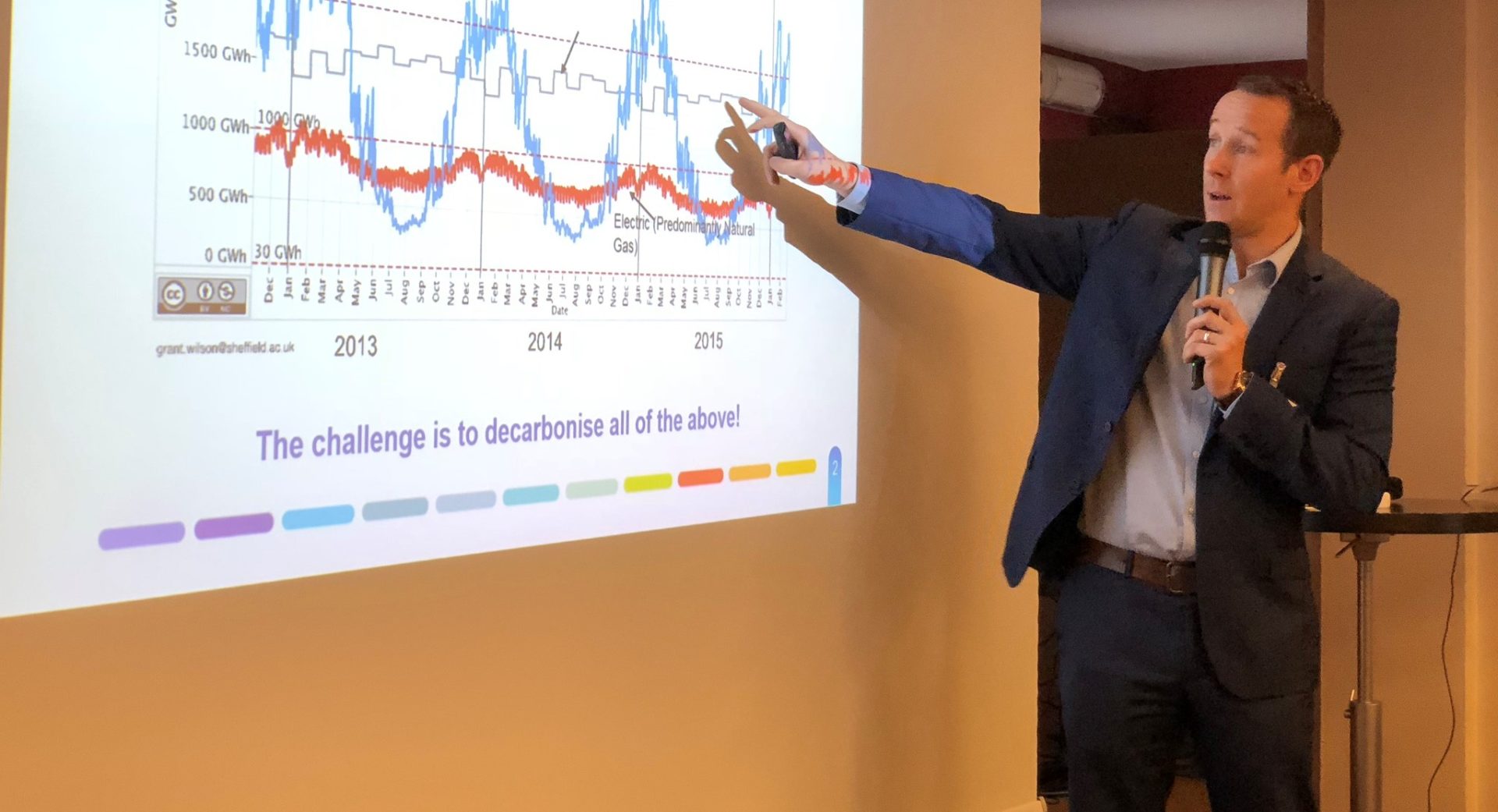
ELEGANCY Case studies
Gunhild Reigstad (SINTEF) went through each of the ELEGANCY case studies. As mentioned, the cases are designed to fit each country’s conditions, building a broad knowledge base for the hydrogen-CCS value chain.
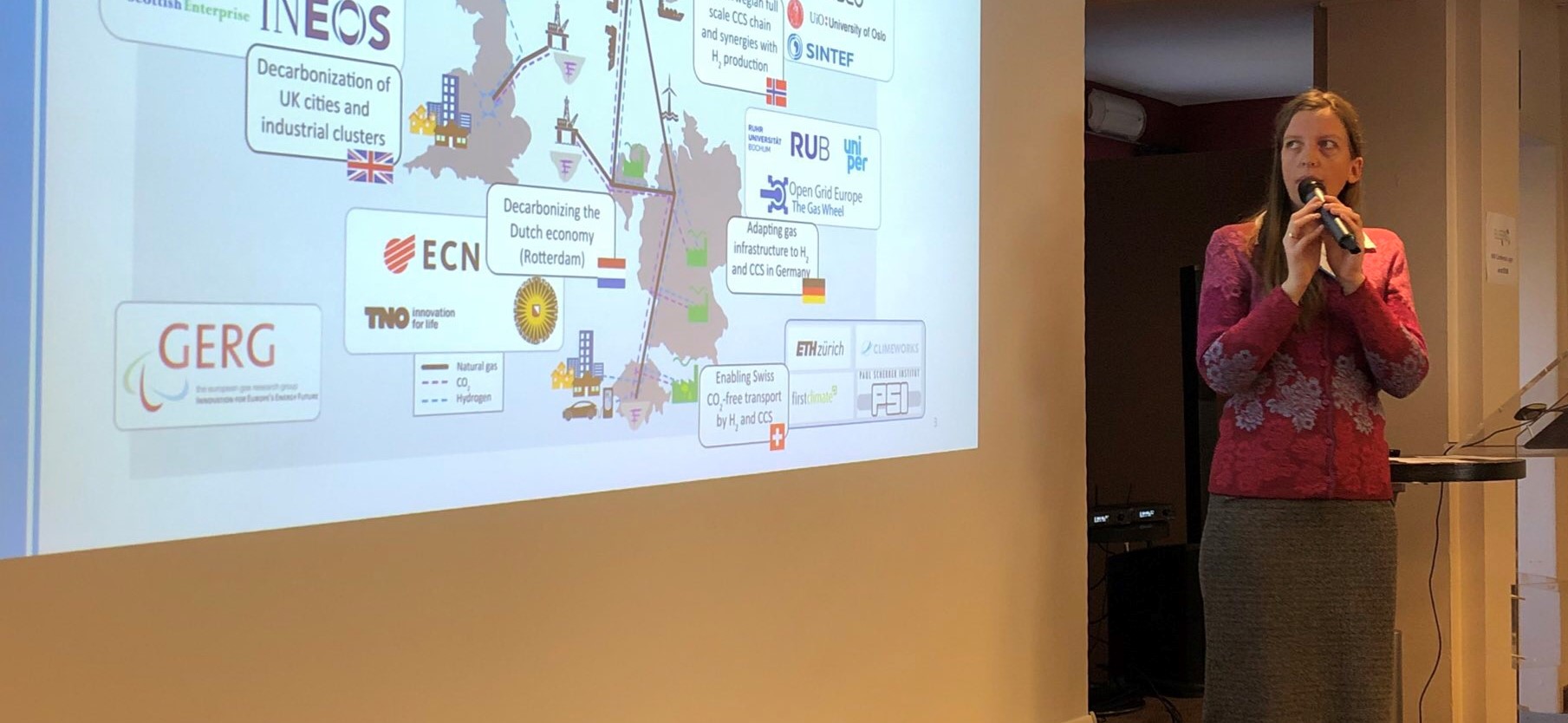
- This blog might also be interesting for you: Presenting ELEGANCY at the ZEP Network Technology meeting in Brussels
CCS or CCU?
Ana Serdoner from Bellona’s Brussels office gave a presentation on Carbon Capture and Storage (CCS) versus Carbon Capture and Utilization (CCU). Her key message was that CCU without S has no effect in a climate perspective as 95% of the CO2 ends up in the atmosphere again within 6 months on average. Through decarbonized hydrogen though, we can create a clean market and infrastructure instead of supporting the fossil ones.
H2@Scale and the Mount Terri Laboratory
H2@Scale
H2@Scale is a US Department of Energy initiative that looks at energy system wide impacts of hydrogen implementation.
The presentation was held by Bryan Pivovar of the National Renewable Energy Laboratory in the USA. The focus was on the role of hydrogen at (grid-)scale and the efforts of a large, US national effort to evaluate the potential of hydrogen to play a critical role in our energy future.
He pointed out a number of key recent changes are bringing hydrogen back into the spotlight:
- Renewable energy is getting cheaper, and penetration levels are increasing at an exponential pace
- The impact of GHG emissions and criteria pollutants are impacting choices
- Commercial viability of fuel cell vehicle technology has been demonstrated (commercial vehicles being sold).
GCS and the Mount Terri Laboratory
Ronny Pini (Imperial College London) talked about Geologic Carbon Storage (GCS) in e.g. depleted oil and gas fields, coal seams and deep saline rock formations.
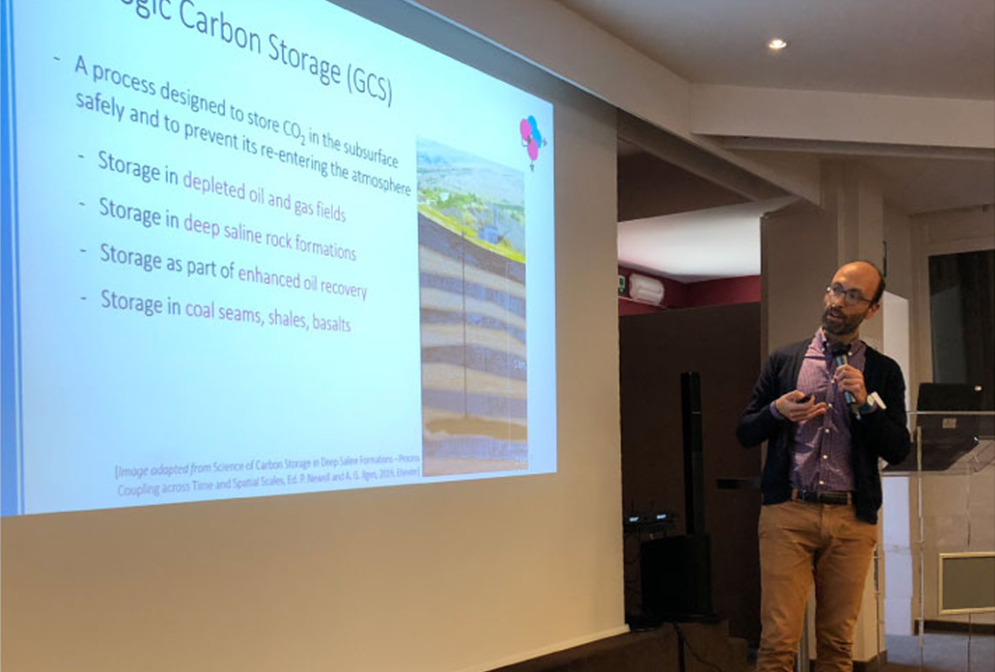
Pini pointed out that the natural heterogeneity at all scales affects flow and trapping processes, which challenges our ability to exploit the available pore space efficiently and reduce uncertainty around storage estimates.
He also pointed out some key requirements for efficient and safe exploration of storage:
- Understanding CO2 migration at multiple scales
- Understanding subseismic geological heterogeneity and its impact on tapping
- Understanding of when and how caprocks fail
ELEGANCY addresses these challenges by combining laboratory- and pilot-scale studies.
One of the laboratories addressing these challenges is the Mount Terri laboratory, presented by Anne Christine Obermann, ETH Zürich. Mount Terri is a laboratory where they test onshore injection and storage of CO2. It is a permanent infrastructure which can be used for research purposes for a long time.
The latest update from Mount Terri:
Hydrogen R&I, Business models and H2-CCS
Hydrogen R&I
Vassilios Kougionas from the European Commission talked about hydrogen in the energy transition. The EU’s goal is 80-95% decarbonization by 2050. This means ‘renewables first’, with remaining fossil fuel and carbon intensive industries fully decarbonized through CCUS, Kougionas said.
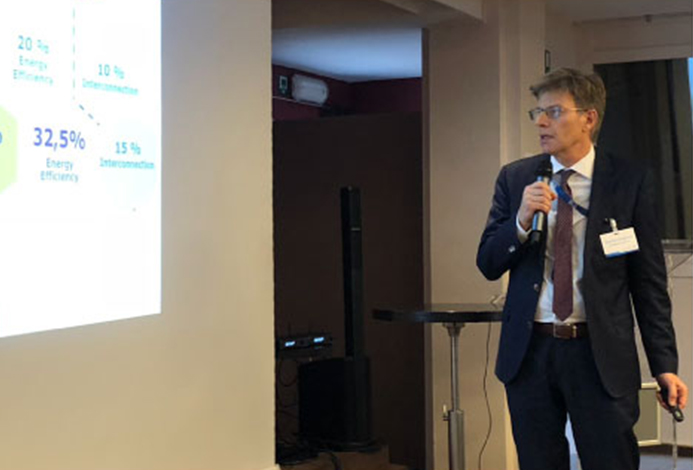
Business models
Catherine Banet (University of Oslo) talked about hydrogen-CCS business models. She said that hydrogen-CCS technologies can create value along its entire value chain in number of ways, but incentives are absent or insufficient today. We therefore need to align commercial interests across the entire CCS chain in combination with hydrogen to make viable business models.
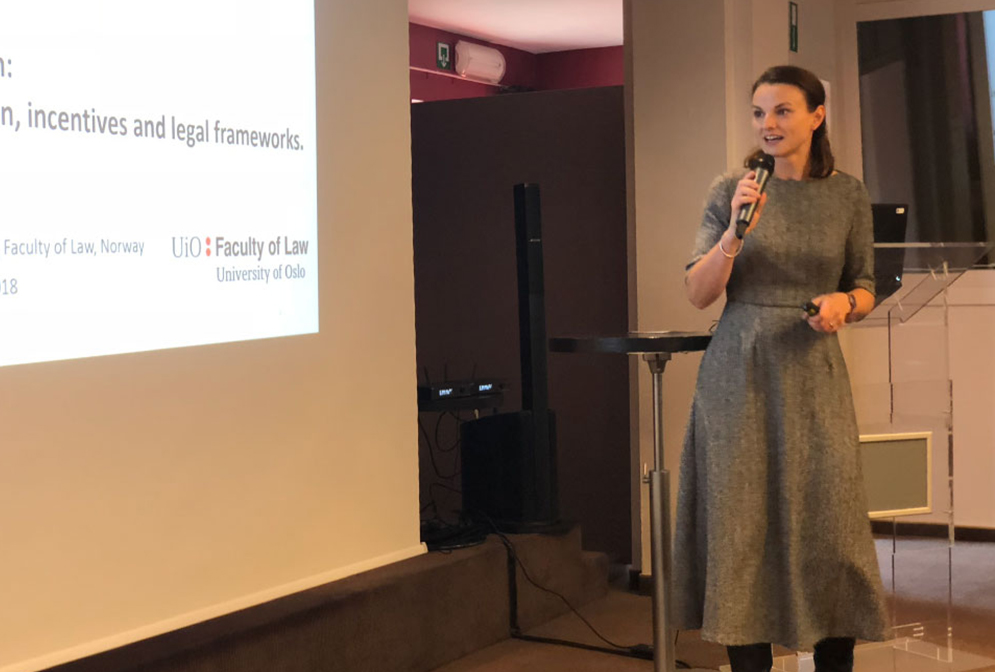
H2-CCS in Europe
The last speaker of the day was Jorgo Chatzimarkakis from Hydrogen Europe. He presented four reasons why hydrogen is such an attractive energy carrier:
- Decarbonization of transport
- Decarbonize industrial energy use
- Decarbonize buildings heat and power generation
- It can serve as renewable feedstock
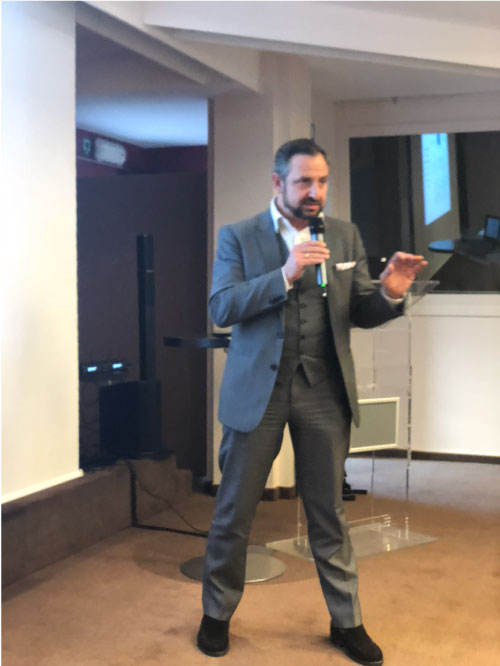
Finally, we would like to thank everybody who attended the conference.
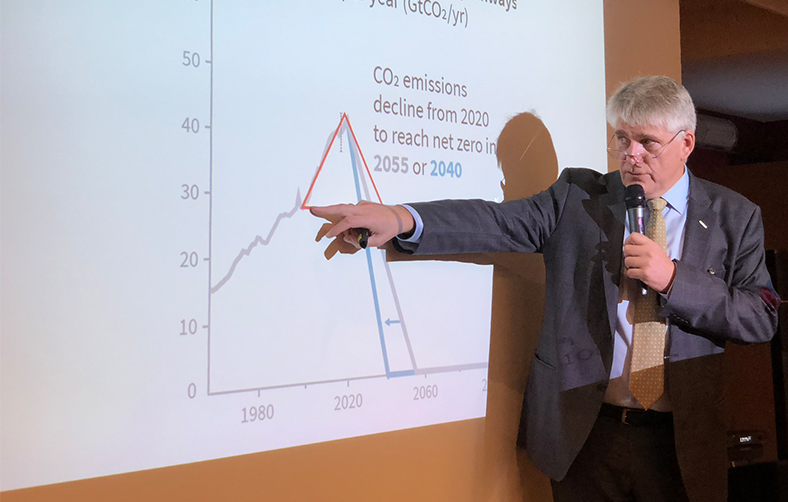








Comments
No comments yet. Be the first to comment!